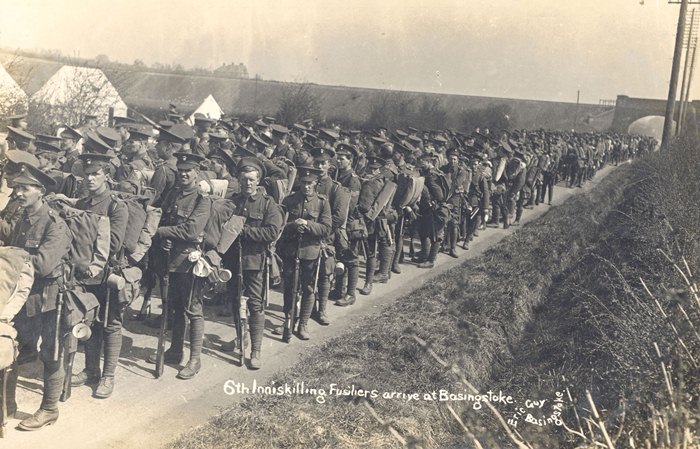Though deeply divided over their nation’s relationship with Britain, thousands of Irishmen, Loyalists and Nationalists alike, joined up to serve on the frontline
Image credit: Hampshire and Solent Museums: CC 2.0
When the First World War began on 28 July 1914, Ireland was still embroiled in its own political struggles at home, with the threat of a civil conflict growing more likely. Nonetheless, when the call came for volunteers to join up, men with both Nationalist and Loyalist allegiance signed up to join the army – some motivated from loyalty to the crown, others seeking regular pay, or even out of a sense of adventure. Speaking in 1988, veteran Jack Campbell told Late Late Show host Gay Byrne: “I thought I was going to see the world, but I damned near saw the second world!”
For the Nationalists, the Home Rule Crisis was still unresolved, and the outbreak of war in Europe pushed the debate to the sidelines. Some, like Nationalist leader John Redmond, believed participation in the war would ensure home rule was enacted in the ensuing peace. Nationalist poet Francis Ledwidge wrote: “I joined the British Army because she stood between Ireland and an enemy common to our civilisation, and I would not have her say that she defended us while we did nothing at home but pass resolutions.”
Meanwhile the Unionists, led by Edward Carson, promised continued support for the war effort. Unionists were motivated by their identification with the British Empire and desire to demonstrate their loyalty to the crown.
Support for the war effort began to dissipate after the disaster at the Somme in 1916 and an attempt to impose conscription in Ireland in 1918. However, Irish participation remained substantial, with 200,000 men fighting across several fronts, forming multiple regiments in the British Army and beyond. Approximately 35,000 Irishmen lost their lives during the war.
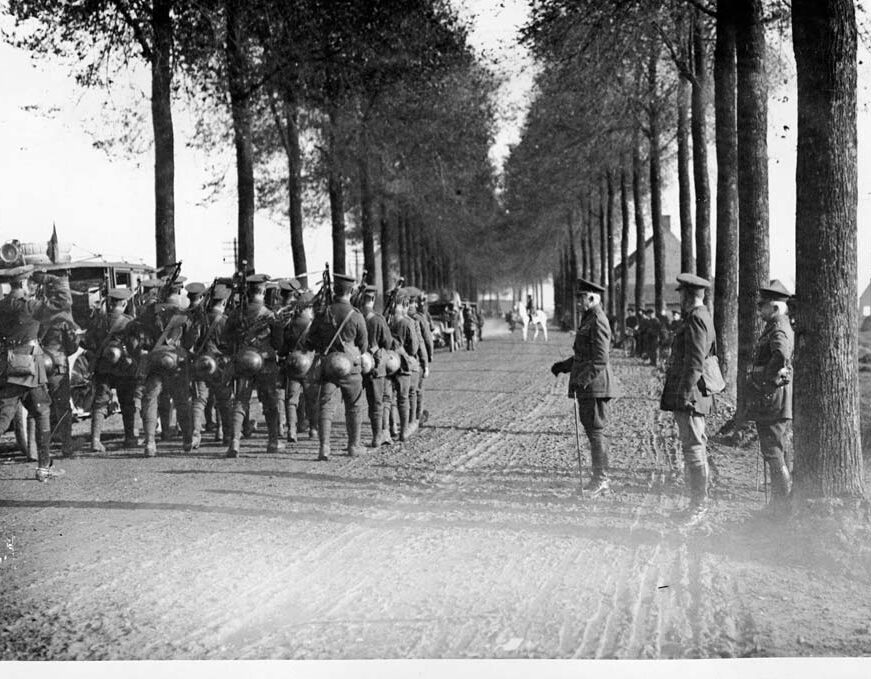
(National Library of Scotland: CC 4.0)
Gallipoli Campaign
As the Western Front reached a stalemate in 1915, the Mediterranean Expeditionary Force set off from Britain in 1915. Formed of Irish troops, alongside Brits, Australians and New Zealanders, six landings were attempted across Gallipoli.
The Gallipoli Campaign was a disaster for the Irish participants, who saw most action attacking V Beach at Cape Helles. They could not get past entrenched Turkish machine gun posts and suffered 600 casualties over a 36-hour long assault.
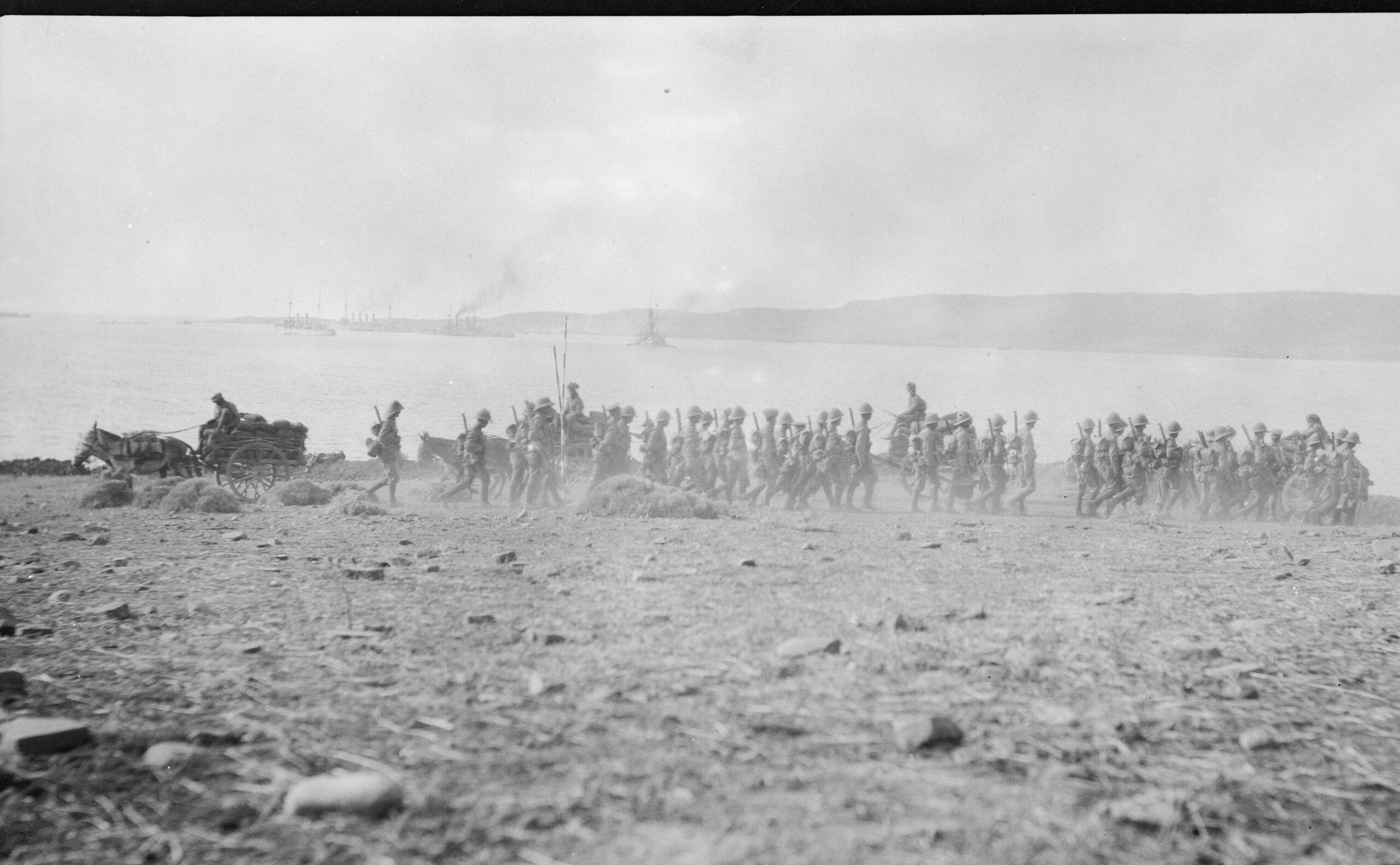
(Negatives taken by Rev Ernest Northcroft Merrington, all relating to World War 1, chiefly Gallipoli. Ref: 1/2-077915-F. Alexander Turnbull Library, Wellington, New Zealand. /records/23167229)
Related: Gallipoli Dissected: What did Britain get wrong?
Battle of the Somme
As the Western Front reached a stalemate in 1915, the Mediterranean Expeditionary Force set off from Britain in 1915. Formed of Irish troops, alongside Brits, Australians and New Zealanders, six landings were attempted across Gallipoli.
The Gallipoli Campaign was a disaster for the Irish participants, who saw most of the action attacking V Beach at Cape Helles. They could not get past entrenched Turkish machine gun posts and suffered 600 casualties over a 36-hour-long assault.
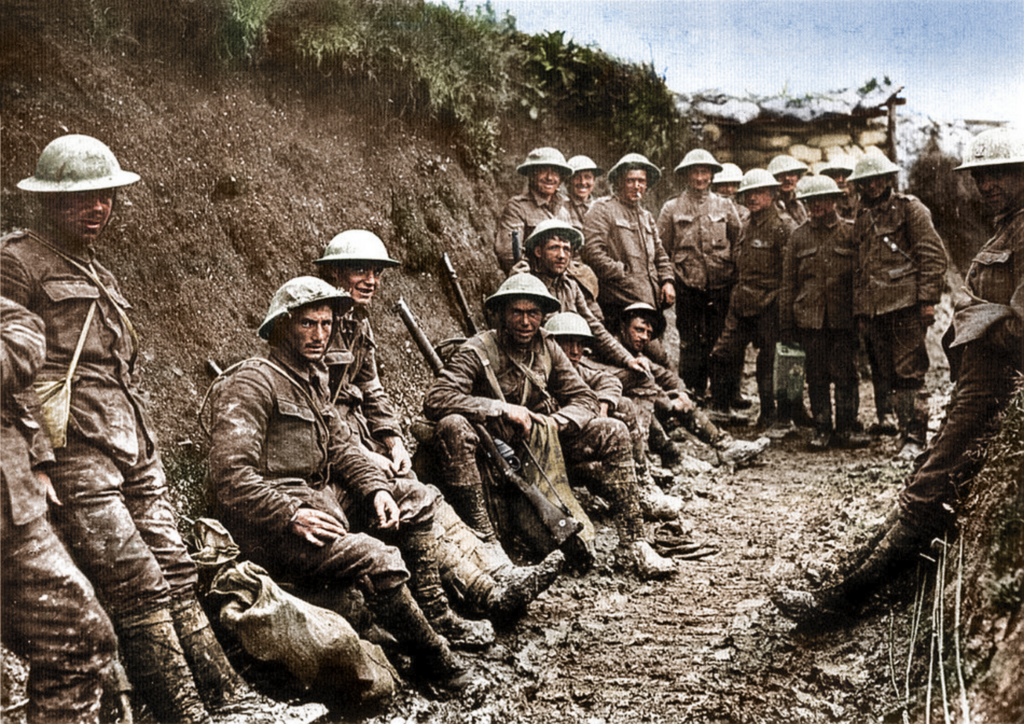
(Cassowary Colorizations: CC 2.0)
Related: Somme 2016: How battlefield surgeons treated shellshock, shrapnel and gas
Battle of Passchendaele
At Passchendaele, Unionists and Nationalists fought side by side, facing horrific losses while attacking positions through thick mud and without adequate artillery support. On 16 August 1917, the 16th Irish Division and the 36th Ulster Division attacked at Frezenberg Ridge. They lost a combined 1,200 men during what became among the bloodiest days for Irish units during the Great War.
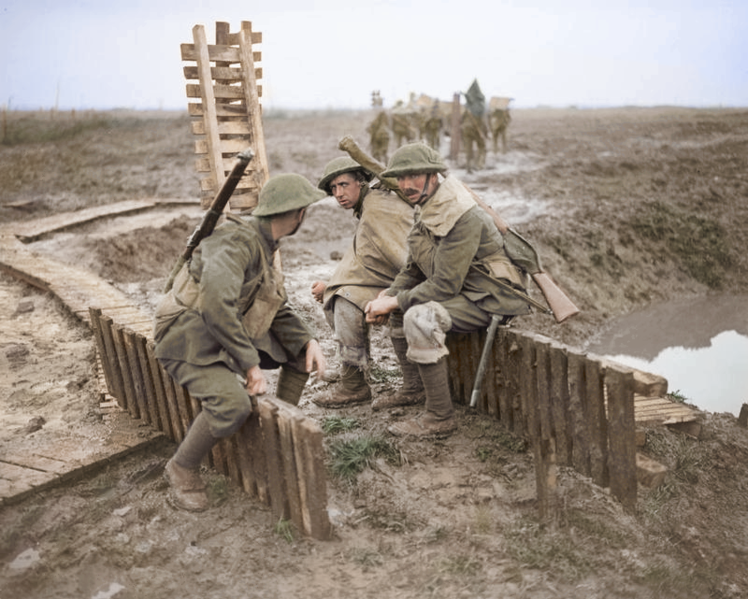
(Cassowary Colorizations: CC 2.0)
Remembrance
Commemoration and remembrance were as complex as Irish experiences of the war itself. 100,000 war veterans returned to Ireland, but 70-80,000 migrated away due to the militant Nationalist response to those who had served in the British Forces.
Following the Irish War of Independence, Ireland was partitioned and the commemoration of the Irish dead became more difficult. Remembrance Day ceremonies were held on College Green, Central Dublin, from 1919 to 1925 before being moved to Phoenix Park. These events were regularly disrupted by IRA members through the 1920s and 1930s, with Poppy Appeal sellers being attacked on occasion.
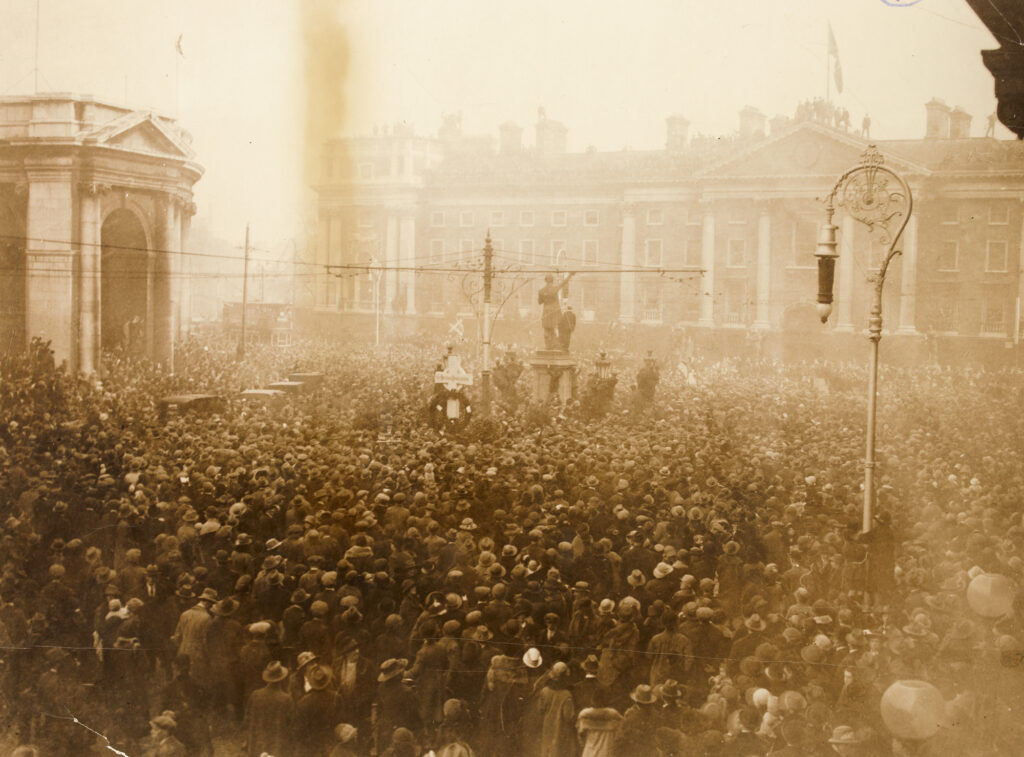
(National Library of Ireland on The Commons)
Pick up the latest issue of History of War for more military history
